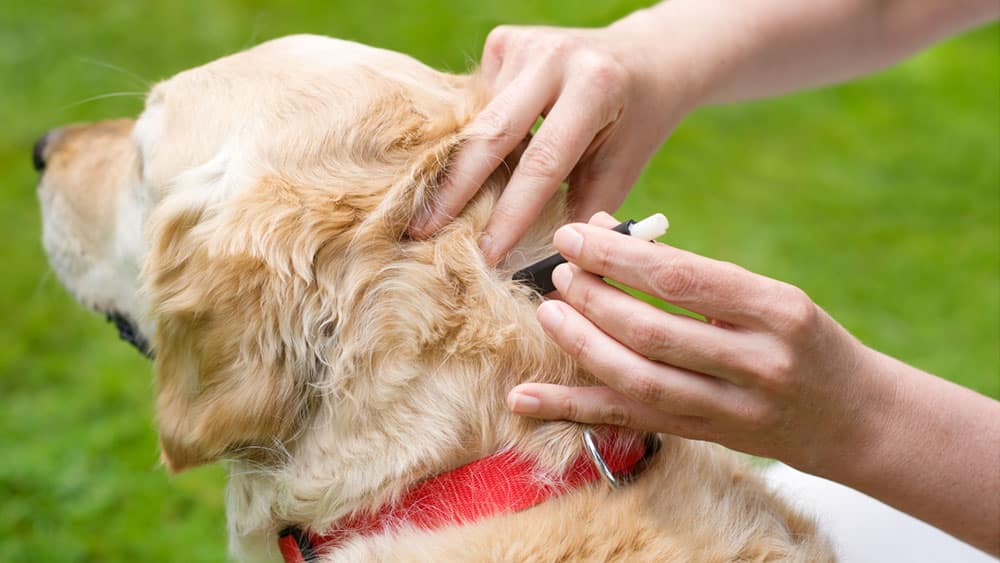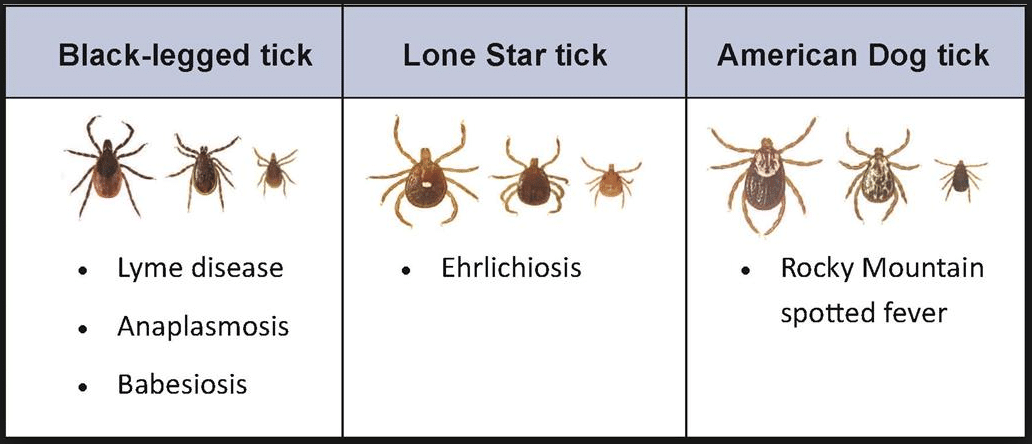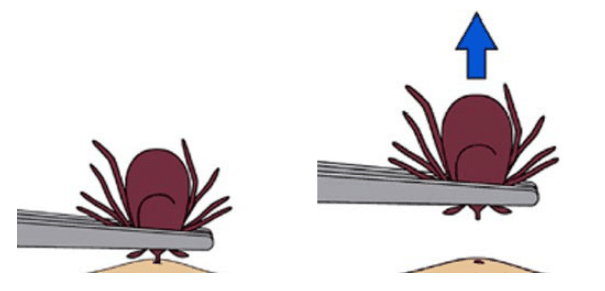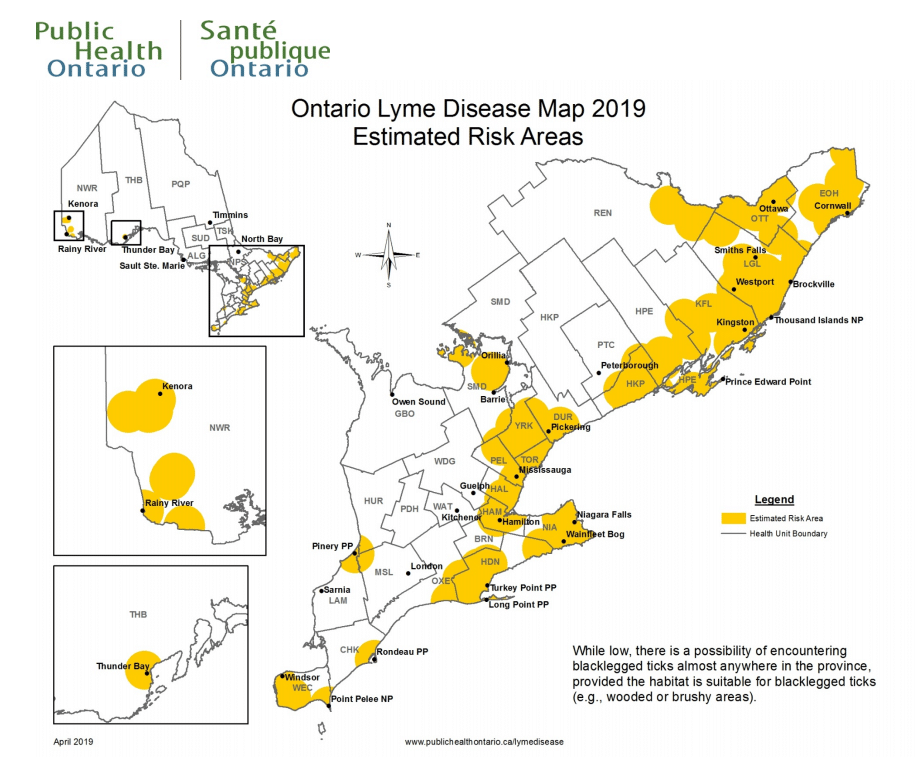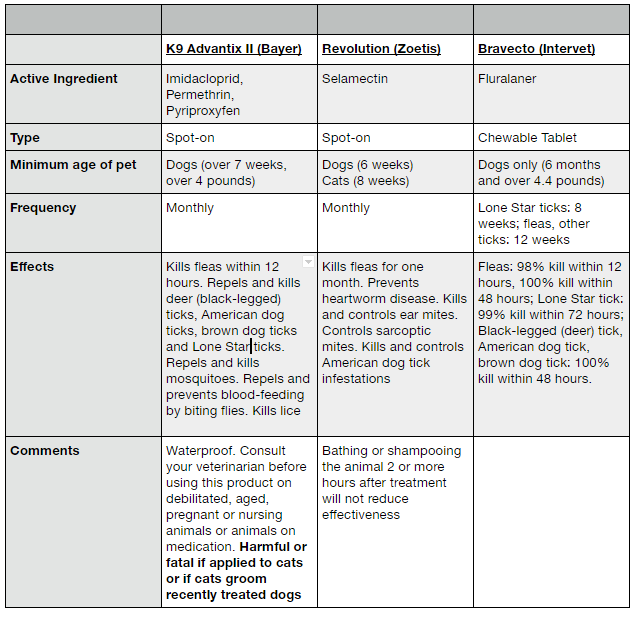The Importance of Tick Prevention
Guest article by Karen Ho
It’s that time of year! The time when you and your pets will be rushing outside to enjoy the warm summer months to its fullest. It’s also the time when many pets become more at risk of external (eg. Ticks) and internal parasites (eg. Heartworm) which is why owners must be aware and familiar with any changes that may occur in their pets as a result of these parasites. This article will focus on ticks.
What are Ticks?
Ticks are arachnids, relatives of scorpions and mites. They are commonly found in wooded areas, tall grass, and bushes, and any animal (or human) that enters these areas becomes at risk of becoming a tick’s host. Ticks are mostly found on an animal’s neck, in the folds between the legs and the body, inside the ears, and between the toes.
Treatment of Ticks
Prompt removal of ticks is very important because the longer the tick is attached to its host, the higher the risk of disease transmission.
The following is taken from the Centres of Disease Control and Prevention website:
If you find a tick attached to your skin, there’s no need to panic—the key is to remove the tick as soon as possible. There are several tick removal devices on the market, but a plain set of fine-tipped tweezers works very well.
How to Remove a Tick
- Use fine-tipped tweezers to grasp the tick as close to the skin’s surface as possible.
- Pull upward with steady, even pressure. Don’t twist or jerk the tick; this can cause the mouth parts to break off and remain in the skin. If this happens, remove the mouth parts with tweezers. If you are unable to remove the mouth easily with clean tweezers, leave it alone and let the skin heal.
- After removing the tick, thoroughly clean the bite area and your hands with rubbing alcohol or soap and water.
- Never crush a tick with your fingers. Dispose of a live tick by putting it in alcohol, placing it in a sealed bag/container, wrapping it tightly in tape, or flushing it down the toilet. Be sure to notify your Veterinarian if your pet shows abnormal signs in the weeks after tick removal.
Why is This Important to My Dog and Me?
With over 40 species of ticks in Canada, they are prominently on the rise in densely populated areas due to factors such as climate change. With Ontario as an example, the black-legged (deer) tick has been found in sufficient areas throughout the province. With every deer tick found, there is a possibility that the bacteria that causes Lyme disease in humans is found. On average, every 1 in 5 deer ticks carry the bacterium that can be passed on to dogs and humans.
Lyme Disease
Lyme disease is an infectious disease caused by the bacterium Borrelia burgdorferi and is the main tick-borne disease of concern in Canada. Ticks that carry Lyme disease are active throughout much of the year. However, bites leading to human infection are much more common during the spring and summer months.
Signs of Lyme Disease in Dogs
Pets that are infected with Lyme disease may not show signs for 2-5 months. Once the subclinical period has passed, signs of disease may include:
- Fever
- Inappetence
- Lethargy/Lameness
- Joint swelling
Prevention of Lyme Disease and Tick-related Diseases
There are multiple products on the market for ticks and parasites, but speaking with your Veterinarian and doing appropriate research will allow you to pick the one that suits you and your dog best. The following are some of the products that Veterinarians in Ontario are most familiar with:
While Lyme disease and other tick-related diseases are serious, they are also entirely preventable if you take the appropriate precautions. Contact your Veterinarian for more information on tick prevention and awareness. They will help you set up a tick control program for your pet. We want what’s best for our fur babies, so let’s protect them against ticks!
About the author: Karen is a FKD adopter. She has over 10 years of experience working with animals and has been working as a licensed veterinary technician for over 5 years.
Subscribe for Updates
Get our dogs in your inbox once a month, along with our latest news and events. We never send spam, and you can opt out at any time.
